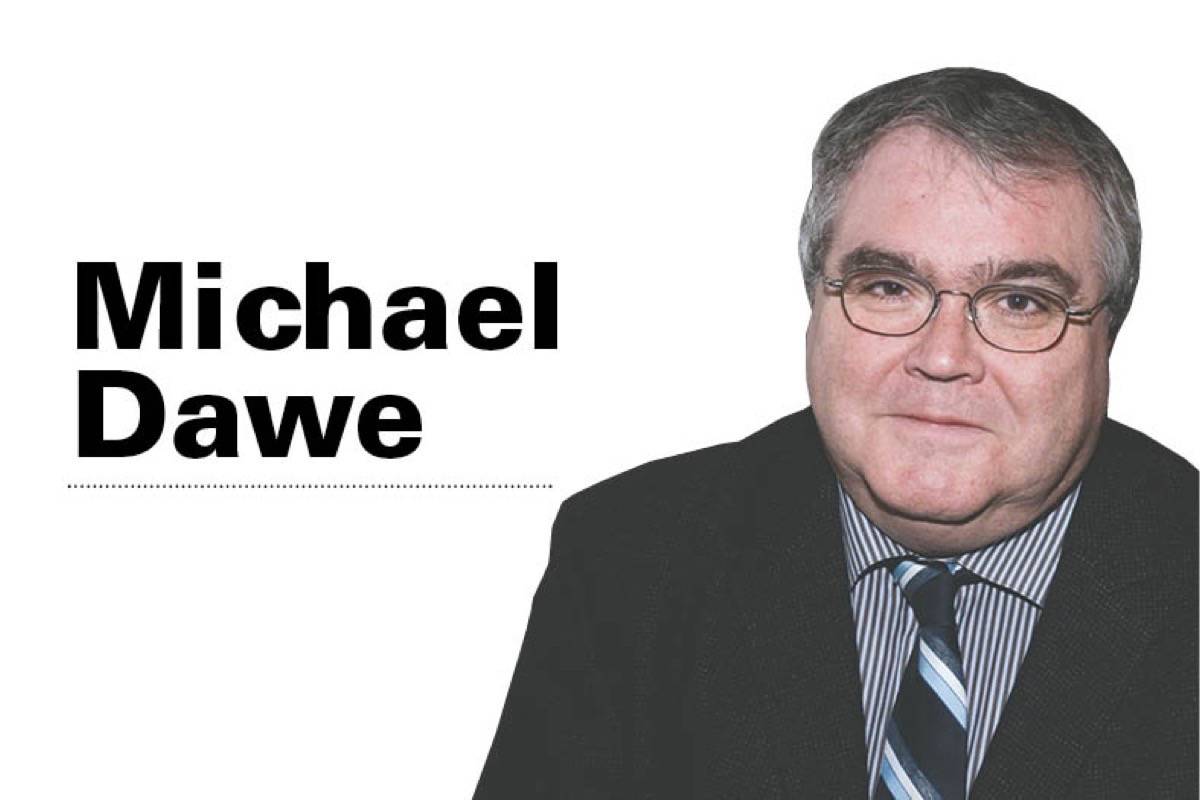As some people may know, Rev. Webster Fanning Harris was the first Canadian chaplain to be killed while on active service during a time of war.
Rev. Fanning Harris had served as rector at St. George’s in Stettler and St. Luke’s in Red Deer, before he enlisted in January 1916 for service overseas.
In the summer of 1916, he was sent to the front lines during the bloody Battle of the Somme.
On Sept. 26th, 1916, while conducting a burial service for a young Canadian soldier, he was hit in the back with a stray piece of shrapnel. His spine was severed and he was left totally paralyzed from the waist down.
After several months of intense suffering, he passed away on May 4th, 1917.
The beautiful stained glass window on the east end of St. Luke’s Church is a memorial to Rev. Fanning Harris.
What is rarely remembered is that another chaplain, who had served as an assistant at St. Luke’s Church, was also killed in action during the First World War.
This was Captain Rev. William Henry Davis.
William Davis was born on Jan. 23rd, 1883 at Tullamore, King’s County, in the midlands of Ireland. In the early part of the last century, he decided to emigrate to western Canada.
He took his theological training at Emmanuel College in Saskatoon, Saskatchewan.
Rev. Harris preached for a while at Tisdale, Saskatchewan. However, in January 1914, he was assigned to be an assistant minister at Christ Church in Edmonton.
Edmonton had been growing very rapidly.
Hence, Rev. Harris was given the responsibility of creating the new parish of St. Peter’s in the Westmount district of Edmonton. He also covered another proposed parish – St. Mark’s.
St. Peter’s flourished under Rev. Davis’ direction, even though more than 50 parishioners enlisted after the First World War broke out in the summer of 1914.
On March 3rd, 1916, St. Peter’s hosted a Soldiers Banquet to honour those who had enlisted or were about to enlist for the War. Three days later, Rev. Harris enlisted with the 138 Battalion, C.E.F. and was made the chaplain.
Several other Anglican ministers had already enlisted, creating a shortage of clergy across Alberta.
Hence, although Captain Rev. Davis was now a military chaplain, he was sent out to help conduct services at St. Luke’s in Red Deer and at Rocky Mountain House.
While at Red Deer, he worked with an old friend. Rev. G.N. Finn.
However, Captain Rev. Davis also soon went overseas. By the spring of 1917, he was in France and was transferred into the 4 Canadian Mounted Rifles as one of that unit’s chaplains.
Captain Rev. Davis was in the front lines at several major battles including Vimy Ridge, Lens and Passchendaele. He led groups of stretcher bearers onto the battlefields, ministered to the wounded and conducted funeral services for the dead, often while under enemy fire and/or shelling.
He particularly distinguished himself at the horrific Battle of Passchendaele.
It was reported that, “He went forward with the men, mustering and organizing a party of stretcher-bearers, gaining the admiration of all the combatants by walking about in the open looking for wounded, apparently oblivious of his danger. It was a miracle that he lived to enter another action.”
For his conspicuous bravery at Passchendaele, Captain Davis was awarded the Military Cross. He was presented with his medal by King George V at Buckingham Palace.
During the Battle of Amiens, on Aug. 9th, 1918, (the second day of fighting), Captain Davis went to the Le Quesnel Hospital to collect a party of stretcher bearers. As he approached the battlefield to look for wounded, a shell exploded at his feet, killing him and a nearby stretcher bearer instantly.
Captain Rev. Davis is buried in the Le Quesnel Communal Cemetery near Somme, France. A memorial plaque to him was later unveiled at St. Peter’s Anglican Church in Edmonton.



